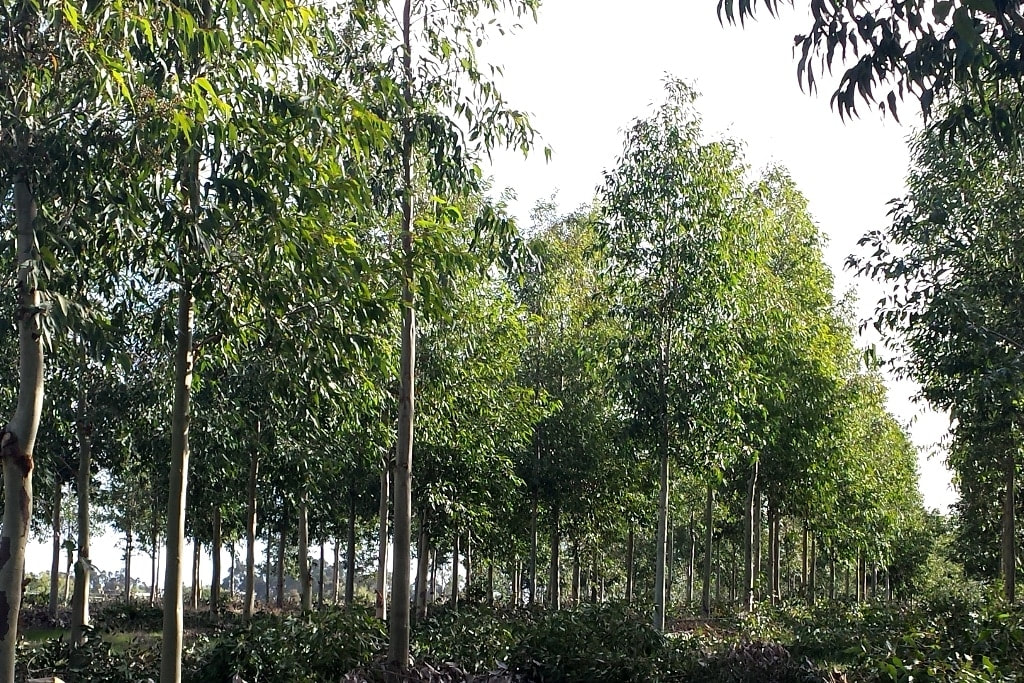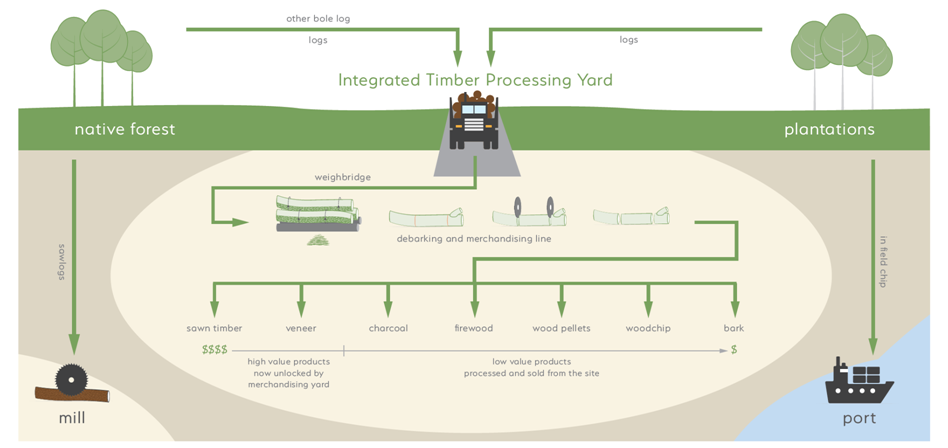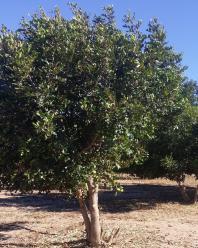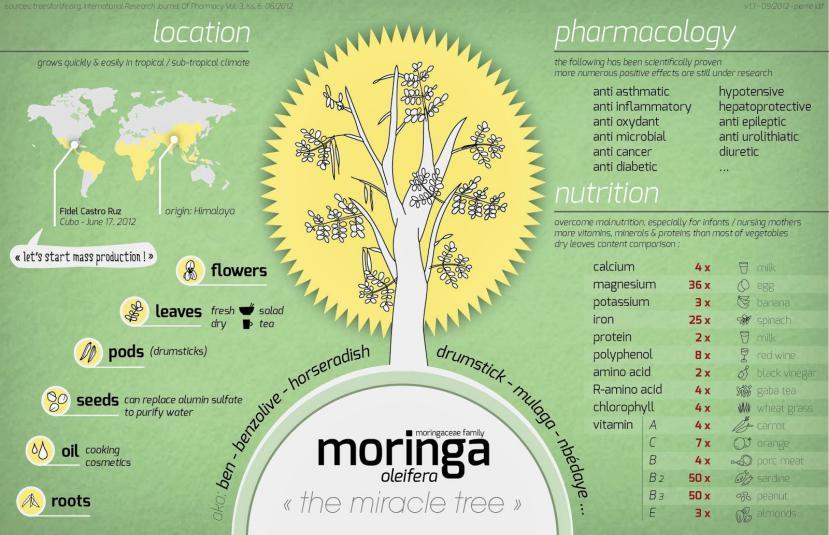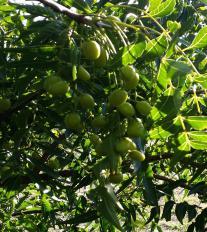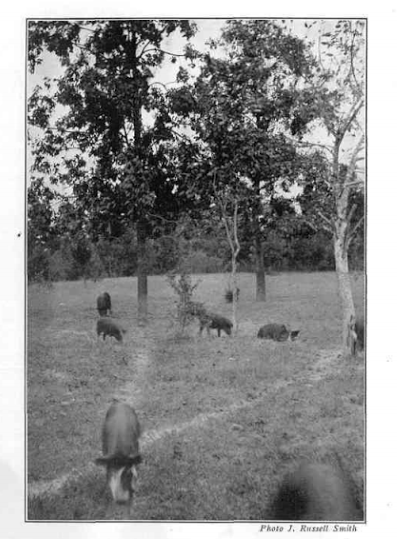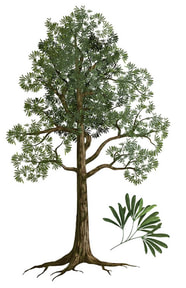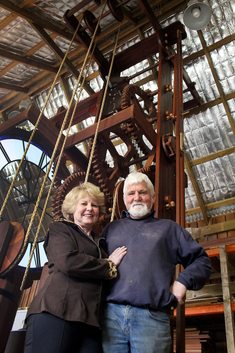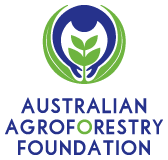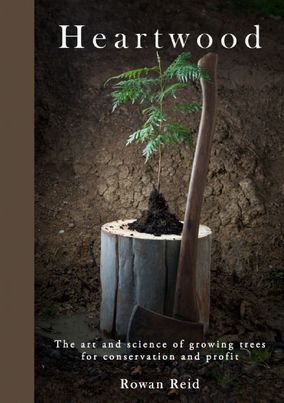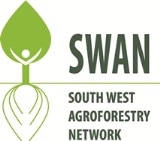A report released in November by the Australian Bureau of Agricultural and Resource Economics and Sciences (ABARES) highlights that Australia’s forestry sector is continuing to enjoy some of the best conditions in its history.
ABARES Executive Director, Steve Hatfield-Dodds, said the report, Australian forest and wood products statistics: March and June quarters 2017, showed the industry is now in its fourth consecutive year of growth.
“In 2016−17, the volume of logs harvested is estimated to have reached record levels, increasing 9 per cent on the year prior, to nearly 33 million cubic metres,” Dr Hatfield-Dodds said.
“The value of total logs harvested was up nearly 12 per cent to $2.5 billion, reflecting increased estimated softwood log prices and softer hardwood log prices. The report also revealed a softening domestic demand for wood products, with a 6.1 per cent decrease in dwelling commencements compared to the previous year.
“Exports of Australia’s wood products are higher than ever, reaching a record $3.4 billion on the back of strong demand for roundwood, newsprint and miscellaneous forest products exports.
“This means Australia’s trade deficit in wood products is now under $2 billion – its lowest level in six years.
“The report finds the Chinese market accounted for the majority of total wood product export growth in 2016−17. In fact, nearly half of Australia’s wood product exports in 2016−17 went to China, a market worth over $1.6 billion.
“This report highlights that forestry activities remain dependent on key markets, and particularly housing and international trade.
For a copy of the report visit Latest Publications.
ABARES Executive Director, Steve Hatfield-Dodds, said the report, Australian forest and wood products statistics: March and June quarters 2017, showed the industry is now in its fourth consecutive year of growth.
“In 2016−17, the volume of logs harvested is estimated to have reached record levels, increasing 9 per cent on the year prior, to nearly 33 million cubic metres,” Dr Hatfield-Dodds said.
“The value of total logs harvested was up nearly 12 per cent to $2.5 billion, reflecting increased estimated softwood log prices and softer hardwood log prices. The report also revealed a softening domestic demand for wood products, with a 6.1 per cent decrease in dwelling commencements compared to the previous year.
“Exports of Australia’s wood products are higher than ever, reaching a record $3.4 billion on the back of strong demand for roundwood, newsprint and miscellaneous forest products exports.
“This means Australia’s trade deficit in wood products is now under $2 billion – its lowest level in six years.
“The report finds the Chinese market accounted for the majority of total wood product export growth in 2016−17. In fact, nearly half of Australia’s wood product exports in 2016−17 went to China, a market worth over $1.6 billion.
“This report highlights that forestry activities remain dependent on key markets, and particularly housing and international trade.
For a copy of the report visit Latest Publications.

